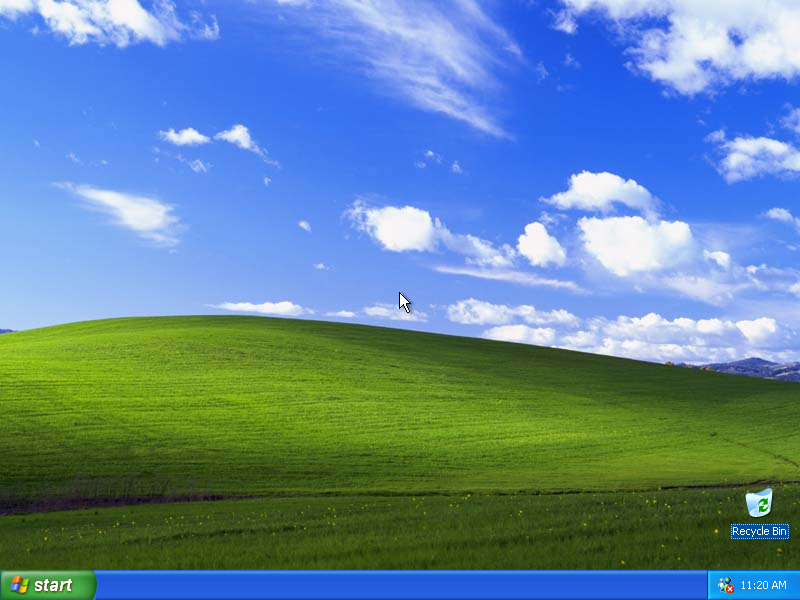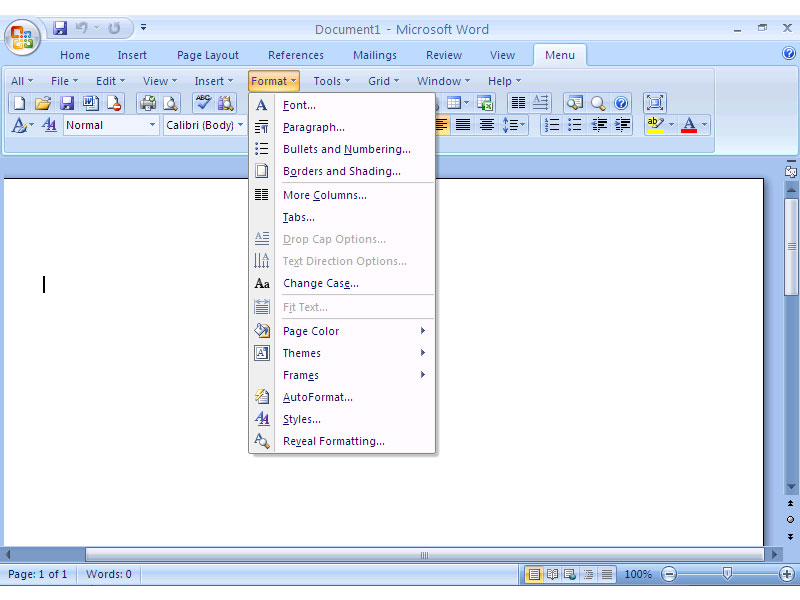-
-
products
-
resources
-
support
-
company
-
Ten Reasons to Stick with Windows XP
By Steve Horton June 05, 2013office, windows, Windows XPNo CommentsWindows XP was once the bedrock of Microsoft operating systems. Coming out in 2001, Windows XP has served computer users of Windows for nearly ten years — the longest period for which the company has supported an operating system. By April 8, 2014 — Microsoft’s projected date for the end of WinXP — the company will have provided XP support for nearly 12.5 years.

Windows XP has been around for over a decade.We are entering an important period of technological advances with mobile computing. Microsoft is urging us to adapt to Windows 8. But this OS calls for many changes, some of them fundamental to the way we do computing. Here are ten reasons why users may want to stay with Windows XP:
- If it’s not broke, why fix it? Windows XP runs legacy applications, the most important one being Office 2007. Many users have not yet accepted cloud-based applications, represented by the retooling of Office 2007 into the subscription-service Office 365. With this application you access the programs of Word, Excel, PowerPoint and OneNote in the cloud. They are not on your machine. If you’re uncomfortable with this, stick with Office 2007 and XP.

Office 2007 runs great on Windows XP. - WinXP is still used by many businesses that maintain large networks of computers. These businesses may be using computers that are three years old or more. In the UK, 40 percent of businesses still use Windows XP, and the OS maintains popular usage in China and the European Union. Businesses upgrading in any country is an expensive project involving purchasing new computers and hardware.
- For those who are price-conscious, WinXP is an affordable, low maintenance system. In this way, individuals behave the same as businesses. As long as their computers provide efficient service with WinXP, they will avoid the expense of new computers.
- Windows 7 and Windows 8 require a 1 GHz processor and 1 GB of RAM with a minimum of 16 GB of hard disk space. Windows XP can run on a minimum of 256 MB of RAM with a hard disk of at least 1.5 GB and a recommended 300 MHz processor, or about one-fourth of one gigahertz.
- Most computer users do simple tasks. They surf the web, do instant messaging and check e-mail, and have no real need for the computing power offered in today’s machines. Text document editing does not require a power computer.
- WinXP was built as a reliable and stable platform able to communicate with a huge list of drivers. The OS continues to recognize a wide variety of printers, mice, keyboards and monitors.
- It has yet to be proven that desktop computer users would adapt to a hybrid operating system such as Windows 8, designed for a touchscreen monitor.
- Touch gestures have evolved into acceptance on cell phones, but they still have a while to go before they demonstrate improved usability with finely controlled gestures that are intuitive enough to enable document editing on monitors or larger mobile screens.
- As consumers, we tend to follow strategies adapted and sanctioned by the corporate world. Businesses hesitate to be part of the tricky entrance stage that new technology requires for smoothing over any initial problems with industry-changing products. For corporate environments, it may be less risky to wait for the second edition of Windows 8 to develop.
- Windows 8 innovations place users in insecure, uncharted waters and could represent wrong and misguided adjustments for our modern age.
Before Windows 8, Apple had brought new technologies to a favored niche of computer users, first with the iPhone and, soon after, the iPad tablet. These technologies created new industries and markets. It will take a few years to determine if Microsoft’s innovations become mainstays in the same way. Until then, there’s always Windows XP.
Was this post helpful?YesNoFree Driver Updates
Update your drivers in less than 2 minutes to enjoy better PC performance - Free.
Free Driver Updates
Update your drivers in less than 2 minutes to enjoy better
PC performance - Free.
Didn't find your answer?Ask a question to our community of experts from around the world and receive an answer in no time at all.most relevant recent articles Pin It on Pinterest
- If it’s not broke, why fix it? Windows XP runs legacy applications, the most important one being Office 2007. Many users have not yet accepted cloud-based applications, represented by the retooling of Office 2007 into the subscription-service Office 365. With this application you access the programs of Word, Excel, PowerPoint and OneNote in the cloud. They are not on your machine. If you’re uncomfortable with this, stick with Office 2007 and XP.